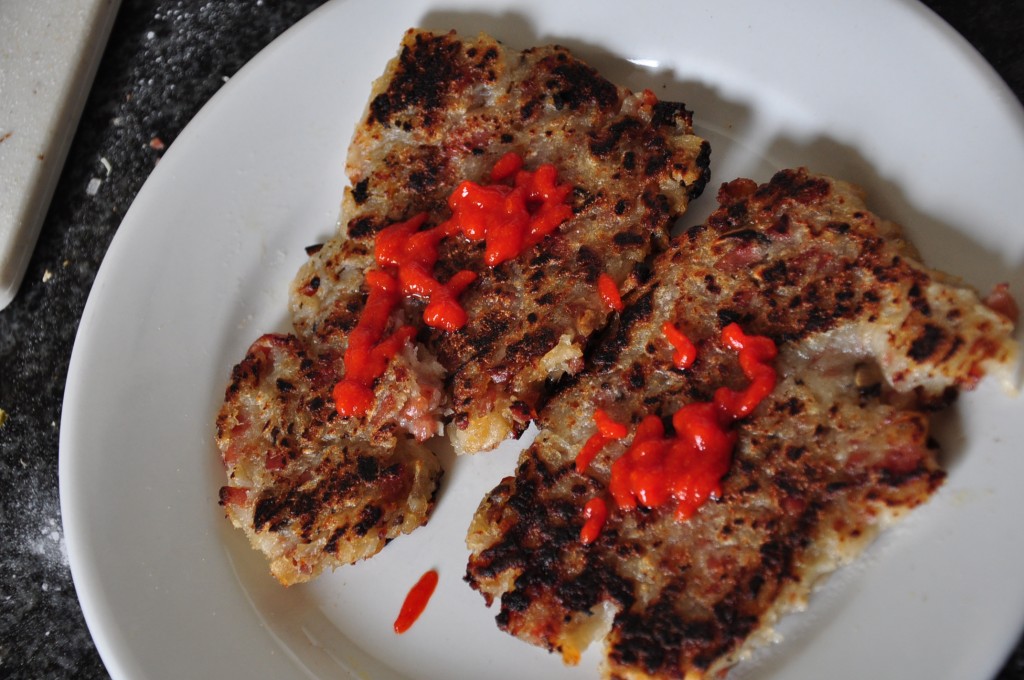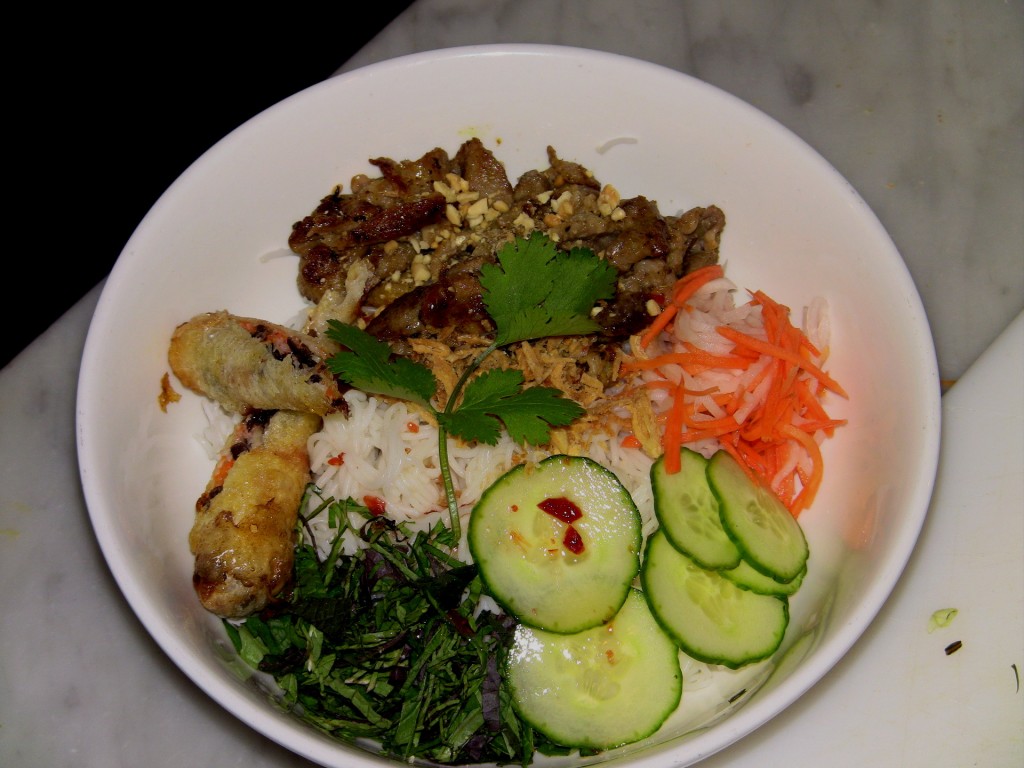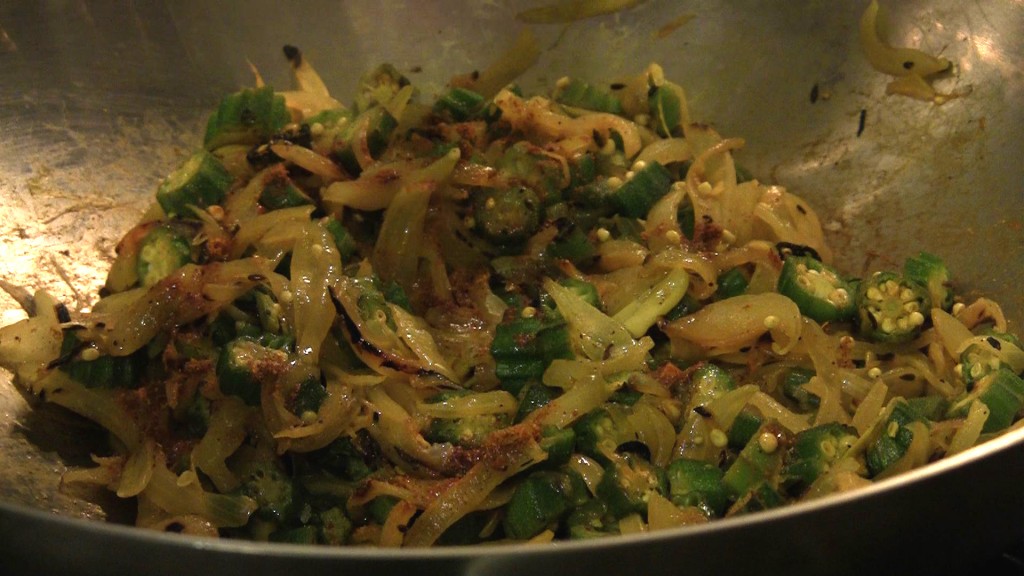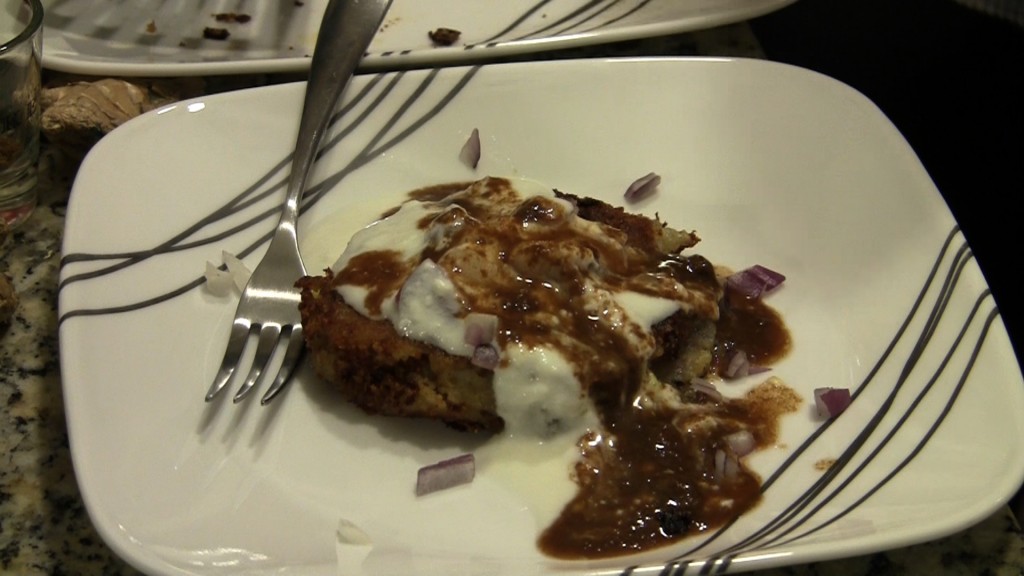Think of this post as my way of sharing with all of you my humanity, because despite appearances, I am not perfect. In fact, I too have my weaknesses, namely: how the hell to properly cook lo bak go (turnip cakes). I didn’t really document this process very well (or at all since I wasn’t initially intending to post this) because this was only my second attempt at making this old Cantonese standby and I knew there was a possibility of me mucking it up grandly. So, why you might ask, am I writing this? Well, basically I just wanted to share with you this awesome video that I watched to guide me on my lo bak go making. The woman on the video is my new cooking hero because she makes it look so easy, she’s no nonsense and she reminds me of relatives in Hong Kong. It got me thinking that maybe the best way for me to learn and brush up on a different language (Cantonese in this case) is to watch cooking videos in that language. I found this video through another cooking blog called Apron’s Delight whose turnip cake recipe I used in conjunction with another recipe from cookbook author Grace Young.
Basically, lo bak go are like potato pancakes but instead of potatoes you use grated daikon radish and you throw in a bunch of savory ingredients like Chinese sausage, dried shrimp and shitake mushrooms. The tricky part – at least for me – is binding that all together with the right proportion of rice flour, cornstarch and liquid and steaming the mixture so it sets into a solid mass.
My lo bak go ended up tasting pretty good – really, how can something with a bunch of sausage in it taste bad? And while it did set (as opposed to the first time I cooked this) it was a little more dense and pasty. It didn’t have quite the same light and resilient texture and consistency of the lo bak go I’m used to getting when I go to yum cha (literally drinking tea) – also known as dim sum. [Semantic distinction: yum cha is the act of going to eat the small dishes known as dim sum. Just dropping some Cantonese knowledge, folks.] Take a look at my lo bak go and compare it to the photos in the links above and you’ll see what I’m talking about.
There are any number of reason’s why mine didn’t turn as I had hoped. Perhaps I steamed it for too long (being a little paranoid that it would not set and remain sludge-like as my first lo bak go was, I steamed it for about half an hour longer than recommended). Maybe I used too much rice flour and or not enough liquid. It could be that my wok was too small or the lid was not airtight enough to accommodate the casserole dish I used to cook the turnip cake. I will have to tweak and adjust the next time I cook this – if I ever get a two pound daikon from the CSA. I guess the moral to the story is not everything you cook will always turn out as great as you hope. But, if you fry it and smother it in sriricha it’ll probably be pretty good.
[UPDATE]
So, not being able to live with my imperfection, I did a little fiddling last night and I believe I greatly improved the lo bak go. Basically, I steamed it more. I transferred it into a more manageable round container and in turn, put that container in a pot whose lid fit snugly on top to trap all the steam. I steamed it for another hour. I think that did the trick. The lo bak go reset nicely. The texture is less sludge-like and chalky and more smooth and pudding like. I think the flour needed to cook longer in an enclosed steamy environment in order to fully meld with the liquid and set. So, for future reference, don’t use a wok with an ill fitting lid to steam. Use a proper steamer that closes tightly and locks in that steam. One step closer to perfection. Easy.





